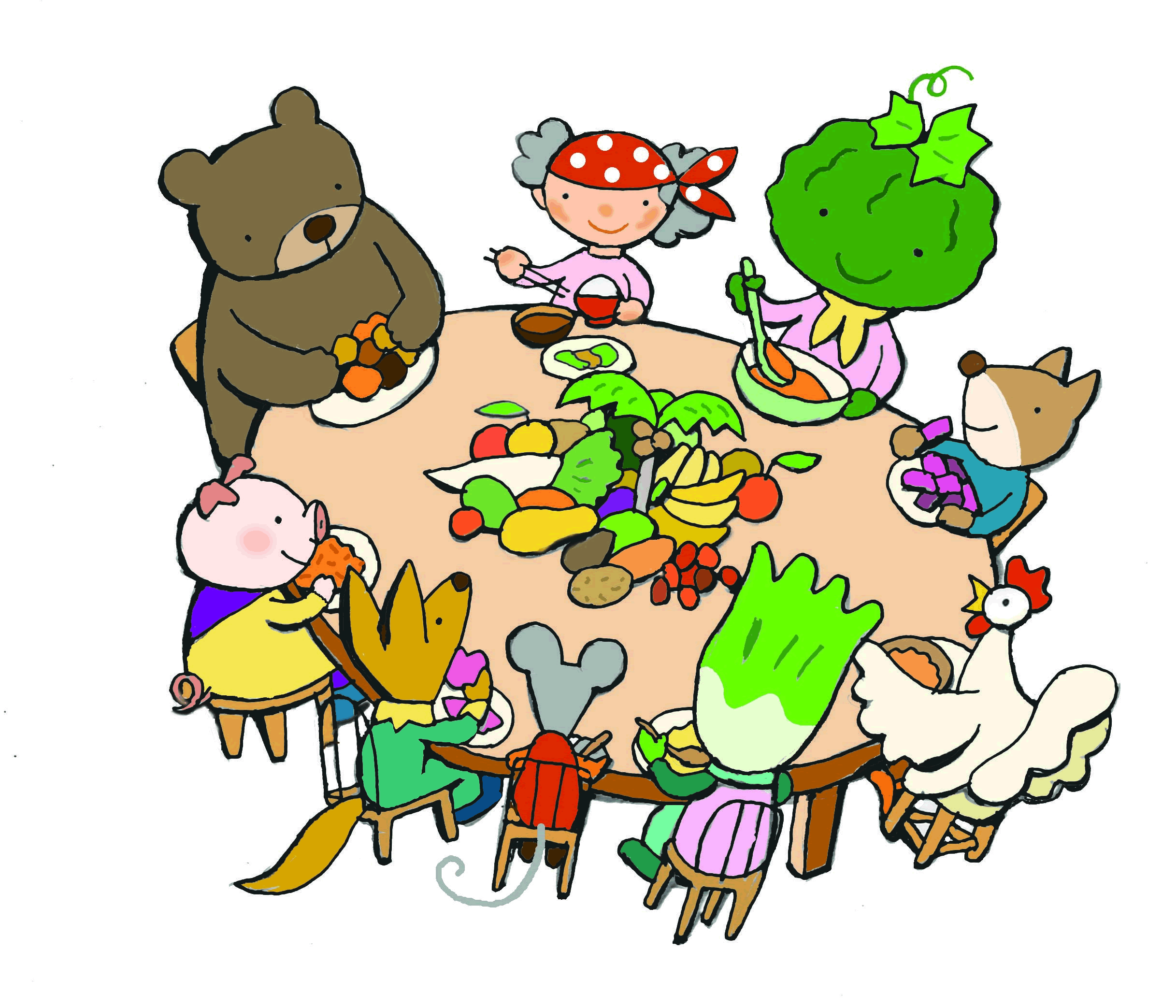 The No! GMO Campaign has conducted a survey, clearly showing that Japanese wheat companies do not want to import or handle genetically modified wheat that consumers do not desire
The No! GMO Campaign has conducted a survey, clearly showing that Japanese wheat companies do not want to import or handle genetically modified wheat that consumers do not desire
In June 2009, there were renewed efforts in North America to introduce genetically modified wheat for commercial cultivation. Canadian Biotechnology Action Network, a citizen group based in Ottawa, started a global campaign to reject GM wheat. By January, 2010, some 177 groups from 23 countries have signed the appeal to stop the commercialization of GM wheat. We are pleased to see that groups in Europe, Asia and South America have also joined the campaign.
In 2004, when Monsanto first applied for permission to sell GM wheat to farmers in the United States and Canada, our No! GMO Campaign led the efforts to stop the cultivation. We visited farmers and companies in the US and Canada, explaining that Japan would not buy GM wheat. If this did not stop Monsanto, we found that the strong push from Japan’s flour milling industry had the desired effect. At that time, the wheat importers made a strong and unified appeal to reject Monsanto’s GM wheat.
We decided to once again confirm the status of the Japanese flour milling industry, to make sure that their opinion has not changed. In December, 2009 we sent a questionnaire to 24 companies that are members of the Seifun Kyoukai (Japan’s Flour Millers Association). We also included a strongly worded statement, emphasizing that consumers in this country do not want to eat foods made with genetically modified wheat. (more…)




